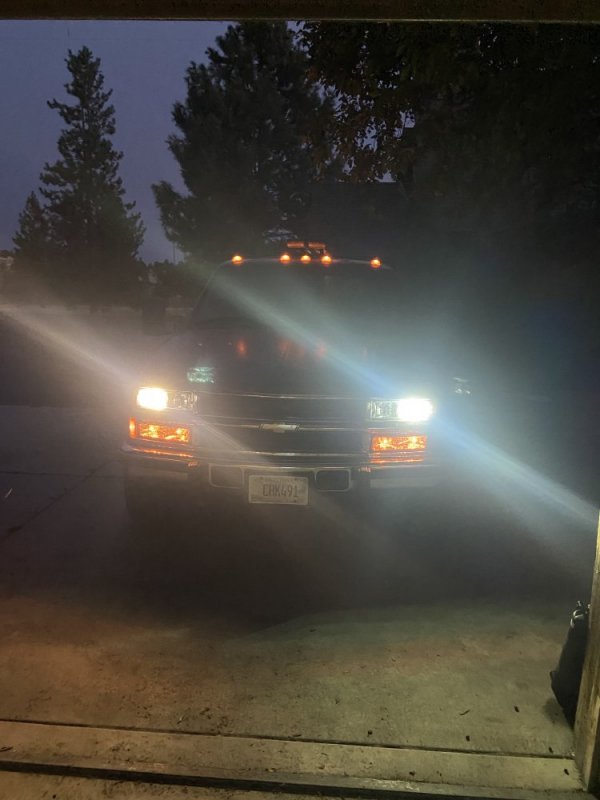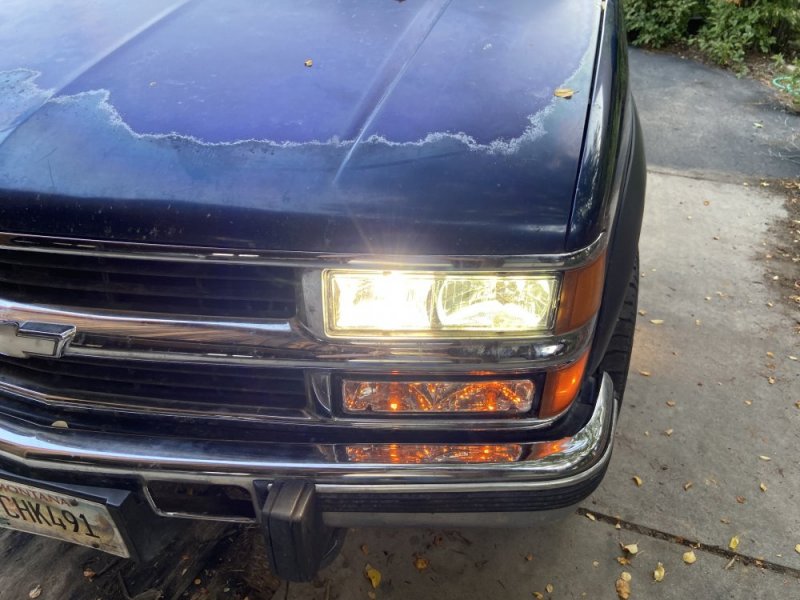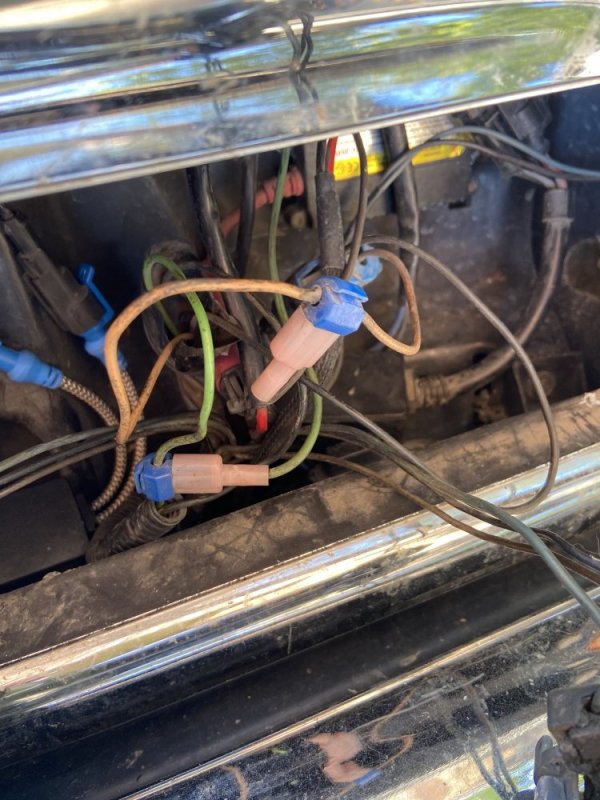Big T
Well-Known Member
Green side up!
That was the punch line from a joke that's evidently older than you are.
Must be the case. Other indicator was having the drains down. I had that part right but the lights on the wrong side. They are marked "L" and "R".





